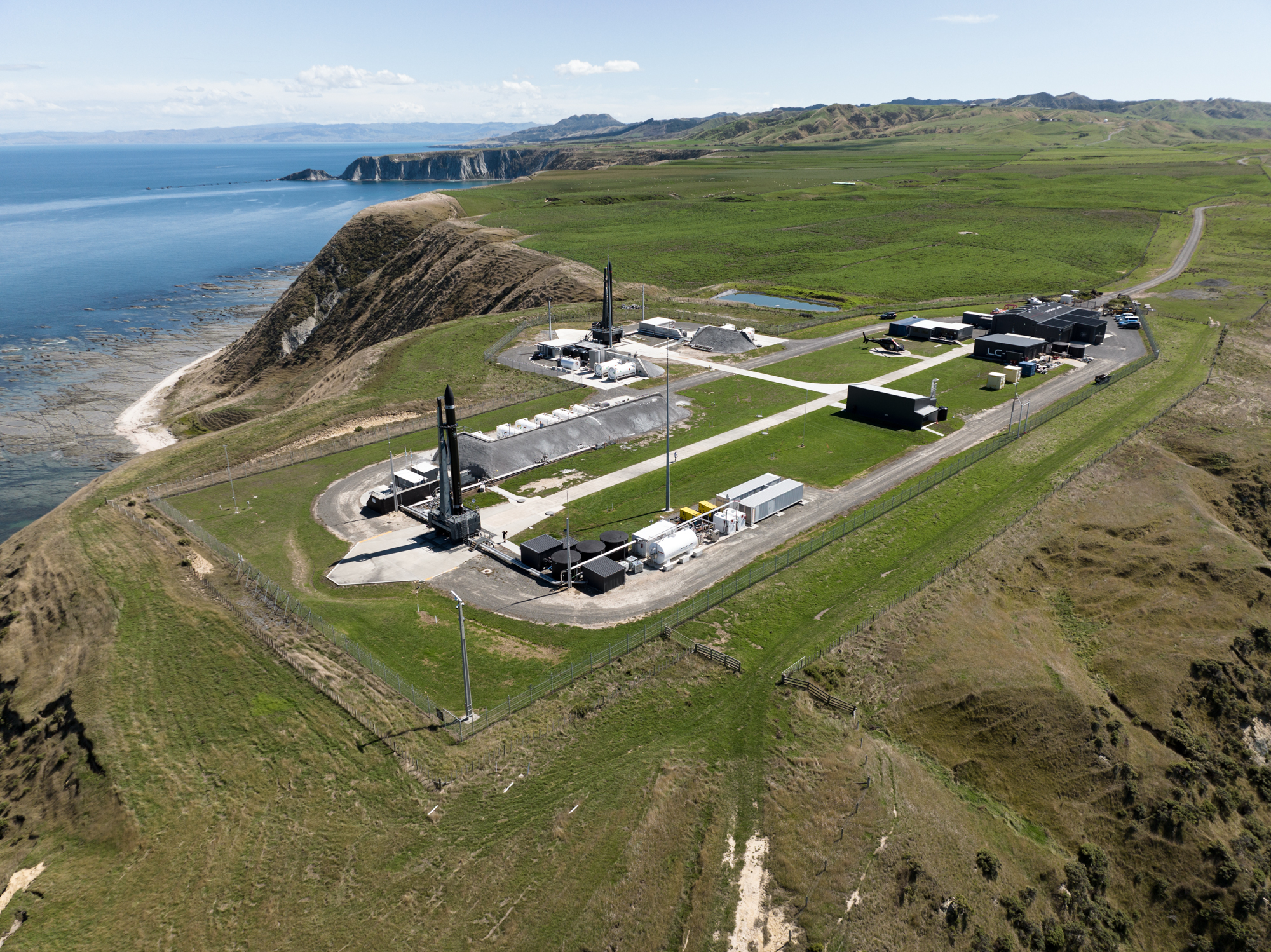Rocket Lab will build Neutron, a next-generation reusable booster, in Virginia
The reusable Neutron is expected to launch larger satellites and, potentially, humans after a scheduled 2024 debut.

Rocket Lab will build its next-generation Neutron launcher on Wallops Island, Virginia, at a site adjacent to the company's coastal U.S. launch pad.
"Its position on the eastern seaboard is the ideal location to support both Neutron’s expected frequent launch cadence and the rocket's return-to-Earth capability of landing back at its launch site after liftoff," CEO Peter Beck said in a company announcement on Feb. 28.
California-based Rocket Lab has been sending small satellites aloft for several years now using its Electron rocket, which has launched exclusively from New Zealand to date. (The company debuted a new launch pad at its New Zealand site on Feb. 28 with a successful liftoff.) Neutron will be built close to Rocket Lab's Launch Complex 2 at the Mid-Atlantic Regional Spaceport on Wallops Island, which is expected to start operational Electron launches sometime this year.
The reusable Neutron will be able to send larger payloads into orbit. The rocket will be particularly useful for lofting satellite megaconstellations, launching interplanetary missions (which require more fuel) and, potentially, human missions, the company has said.
Related: Rocket Lab and its Electron booster (photos)

The Virginia Neutron complex will include a facility for rocket production, assembly and integration, all within a short ride of Rocket Lab's new launch pad at the southern end of Wallops Island. Rocket Lab estimates the facility will cover 250,000 square feet (23,000 square meters) .
Neutron is designed to be reusable and to land back on the launch pad after a mission. (Electron is currently expendable, but Rocket Lab is working to make the launcher's first stage reusable.) Newly returned rockets will be brought back to the complex for refurbishment before sending them aloft with fresh satellites.
Get the Space.com Newsletter
Breaking space news, the latest updates on rocket launches, skywatching events and more!
The facility will also include "automated fiber placement robotic production systems," which will create carbon composite structures that will be used for Neutron, Rocket Lab representatives said. In general, composites are meant to be lighter and stronger than other materials, allowing for use in the extreme environments of space and launching activities.
Other features of Neutron include reusable rocket engines (called Archimedes) and an "advanced upper stage" meant to support complex satellite deployments, company officials said in the statement.
The selection of the Virginia area generated $45 million in local support. For example, the Commonwealth of Virginia will provide Rocket Lab with $30 million as part of "infrastructure and operational systems" upgrades at the spaceport, according to the Feb. 28 statement. There will also be money available from a $15 million fund, from a state government group called the Major Employment and Investment Project Approval Commission.
Neutron itself attracted a $24 million development contract from the the U.S. Space Force's Space Systems Command "in support of Neutron’s capability to aid national security and defense missions," Rocket Lab stated. Neutron is expected to launch various types of missions for the Space Force, such as national security payloads and science and experimental satellites.
Rocket Lab pledged that more Neutron expansion will occur as the program gets ready for its planned first launch in 2024.
Follow Elizabeth Howell on Twitter @howellspace. Follow us on Twitter @Spacedotcom or Facebook.
Join our Space Forums to keep talking space on the latest missions, night sky and more! And if you have a news tip, correction or comment, let us know at: community@space.com.

Elizabeth Howell (she/her), Ph.D., was a staff writer in the spaceflight channel between 2022 and 2024 specializing in Canadian space news. She was contributing writer for Space.com for 10 years from 2012 to 2024. Elizabeth's reporting includes multiple exclusives with the White House, leading world coverage about a lost-and-found space tomato on the International Space Station, witnessing five human spaceflight launches on two continents, flying parabolic, working inside a spacesuit, and participating in a simulated Mars mission. Her latest book, "Why Am I Taller?" (ECW Press, 2022) is co-written with astronaut Dave Williams.









